Laguna del Diamante
A toxic lake near a volcanic caldera that is home to flamingos and other life.
At Laguna del Diamante, there are plenty of reasons why life should not exist.
To start with, the lagoon rests amongst sulphur-spewing vents within one of the world’s largest volcanic calderas - belonging to the active Argentinean volcano Cerro Galán.
And it’s not just the poisonous gases you have to look out for. The hyper alkaline lagoon (with a pH level of 11) is five times saltier than sea water and has levels of arsenic that are 20,000 times higher than the amount deemed safe for drinking by the EPA.
Aside from the harmful gases and toxic water, the altitude of the site presents even more dangers to life at the lagoon. At 4,600 meters above sea level, oxygen levels are low and ultraviolet light from the sun is 40% more intense than it is in the lowlands.
It was quite a surprise, then, when Argentinean scientists exploring Laguna in early 2010 discovered a flock of flamingos thriving on a healthy population of particularly resistant microorganisms. Rocks at the lagoon are covered with mats of unidentified microbes, which the colony of flamingos relies on for food. Though flamingos are considered a hardy species with a knack for adapting to different conditions, the environment at Laguna del Diamante is the most extreme that the birds have been witnessed living in.
The conditions at Laguna are also thought to be quite similar to those of the early Earth. Scientists are therefore hoping that studying the lagoon’s mysterious microorganisms will help reveal how life on Earth began.
Another puzzle that remains to be solved is the identification of a red crystal compound that also grows on the lagoon’s rocks. Preliminary results from an X-ray diffraction study (a method for examining the structure and geometry of crystals) failed to reveal the presence of any known minerals.
The case of Laguna del Diamante just serves to demonstrate not only life’s resilience but also the strange and unexpected forms it takes on to survive in Earth’s most hostile environs.
Community Contributors
Added by
Edited by
Plan Your Trip
The Atlas Obscura Podcast is Back!




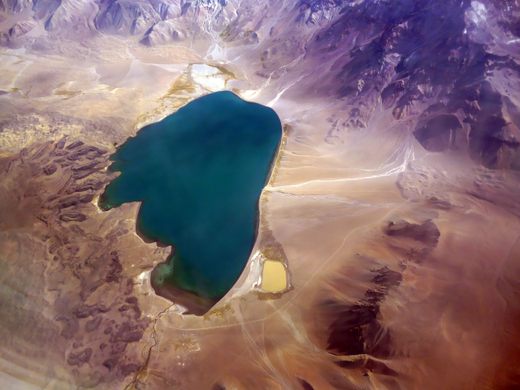
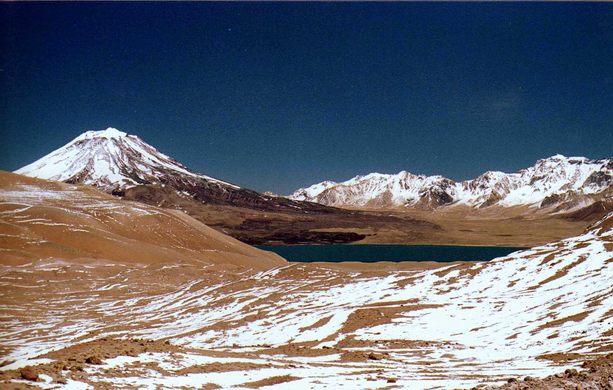

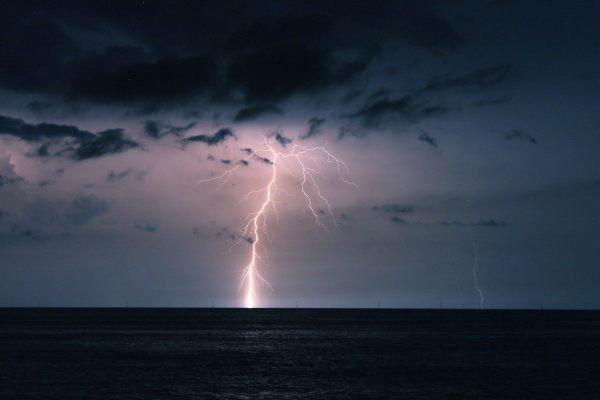
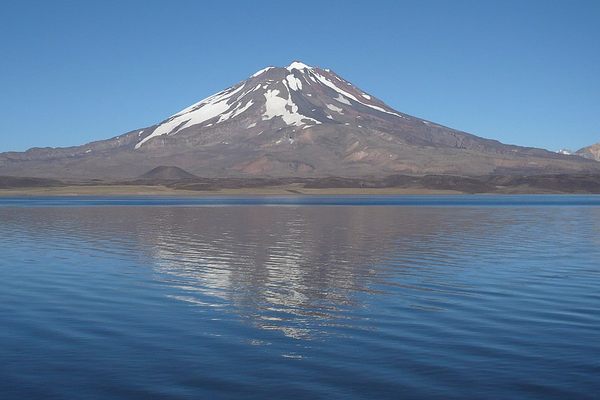






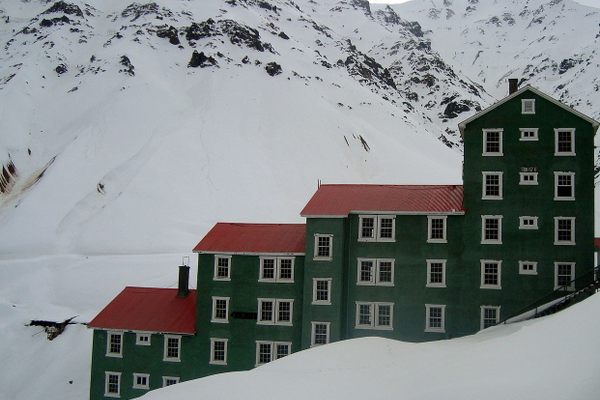

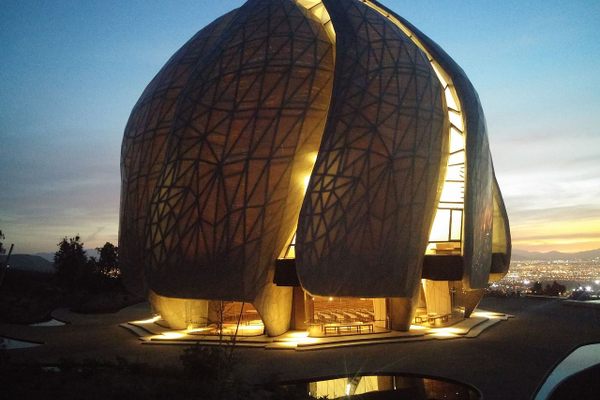
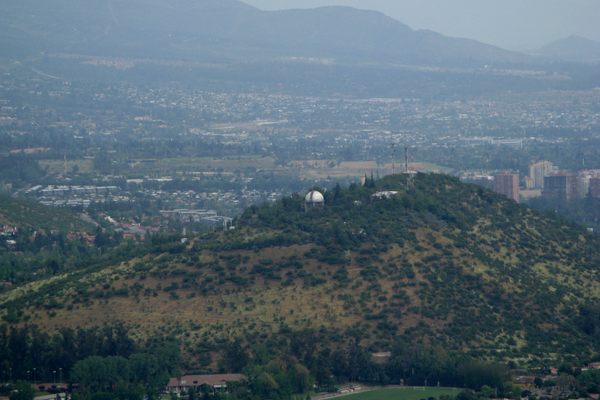
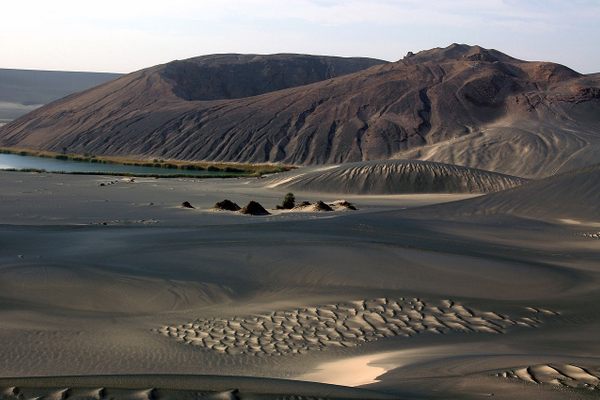




Follow us on Twitter to get the latest on the world's hidden wonders.
Like us on Facebook to get the latest on the world's hidden wonders.
Follow us on Twitter Like us on Facebook